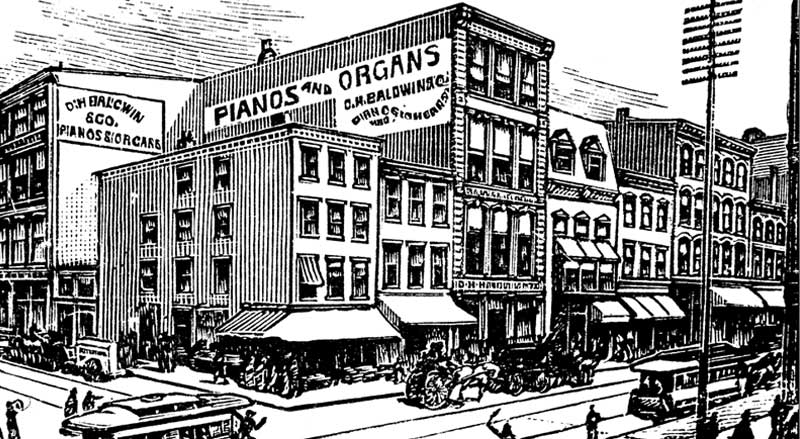
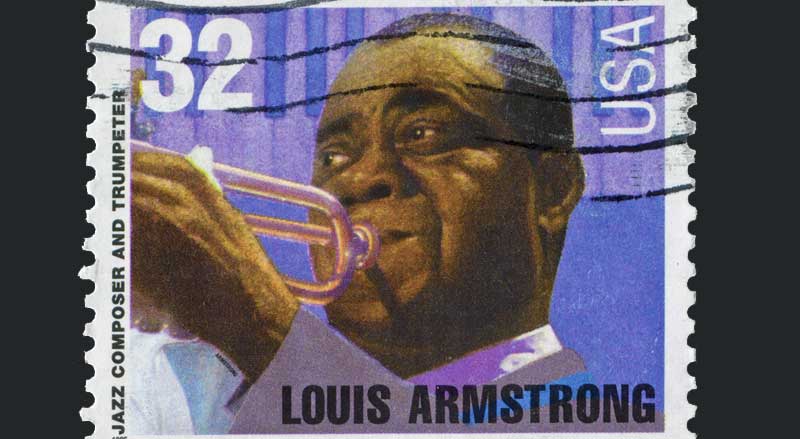
Leonard Bernstein, the famous American conductor and composer, once said of Louis Armstrong, “What he does is real, and true, and honest, and simple, and even noble. Every time this man puts his trumpet to his lips, even if only to practice three notes, he does it with his whole soul.”
Read about the life of musical legend Louis Armstrong, and discover this innovative, inspired, and beloved American jazz musician and entertainer.
Louis Armstrong was born in a poor and dangerous section of New Orleans, Louisiana, on August 4, 1901. His father abandoned the family when Armstrong was quite young. Until the age of five, he was primarily looked after by his grandmother, after which he was returned to his mother.
Armstrong dropped out of school after fifth grade so he could work and make money.
He wrote in his autobiography that during his early life he found a second home among the Karnofsky’s—a local Jewish family. They often provided food and even helped him purchase his first cornet. In later years, Armstrong was known to wear a Star of David around his neck as a sign of gratitude.
Armstrong faced a questionable turn of fate in 1912 when he was arrested for firing a gun into the air on New Year’s Eve. He received an 18-month detention at the Colored Waif’s Home for Boys.
While there, he used his time productively. Armstrong received valuable lessons on playing the coronet, became the leader of the Home’s brass band, and nurtured his dream of becoming a professional musician.
Later, Armstrong himself attributed his success to the lessons he learned during that time.
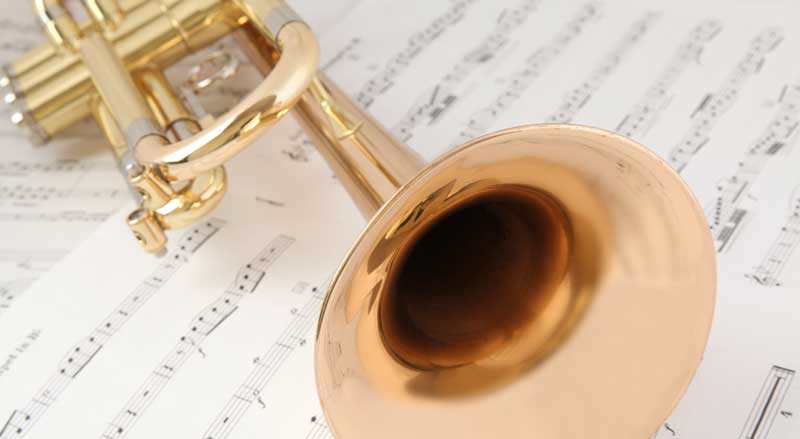
Through his hard work and commitment to music, and with the mentorship of Joe “King” Oliver—whom he met at a local jazz club—Armstrong developed a reputation as a talented musician. This led to steady work, often on the Mississippi riverboats.
In 1922, when Armstrong was only 21, Oliver invited him to join his Chicago-based band. By 1923, they were recording together. To this day, these recordings remain the most revered examples of New Orleans-style jazz.
That year Armstrong also met his first wife, Lillian Hardin, whom he married the following year. (Armstrong would have four wives in his lifetime, with his last being Lucille.)
In 1925, Armstrong began making recordings under his own name with his own band. They included improvised solos that were so outstanding they changed the course of jazz forever. For the first time, jazz focused on a solo performer. These recordings also featured his unmistakable vocals.

Eventually, Louis Armstrong and his band went to New York, where they played in the Broadway musical revue, “Hot Chocolates.” His band’s extreme popularity led to a lifelong touring career.
In 1932, Louis Armstrong toured Europe for the first time. When he returned, he began recording pop music under the Decca label, and became known for his movie appearances.
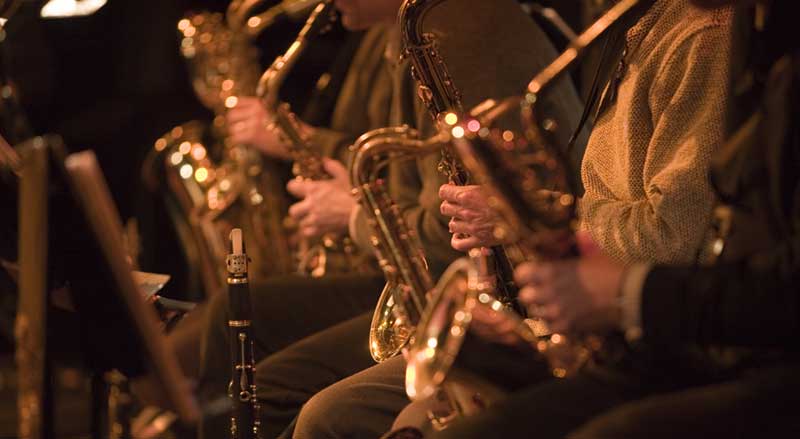
The mid-40s saw the end of the big band era. Armstrong began to work with a smaller musical ensemble named “Louis Armstrong and His All Stars”—a group that he fronted for the rest of his musical career.
Armstrong’s popularity continued to grow. While touring overseas, he gained his nicknames, “Ambassador Satch” and “Satchmo.” (Armstrong had many similar nicknames as a child that all referred to the size of his mouth.) “Satchmo” soon became an endearing and enduring nickname for the great jazz artist.
In his early years, Armstrong didn’t speak about racism. This caused friction between himself and some other black entertainers.
Finally, in 1957, there was an incident known as the “Little Rock Nine.” The occurrence involved preventing black students from attending Little Rock Central High School—an all-white high school in Arkansas. Armstrong spoke out strongly against the incident and criticized then President Eisenhower for not becoming involved.
While his statements angered some, the controversy eventually blew over. Moreover, President Eisenhower sent soldiers to desegregate the school.
For many fans and admirers, Louis Armstrong symbolized the civil rights struggle and changes that were going on in American society. His life’s work involved his breaking down many racial barriers and paving the path for others.
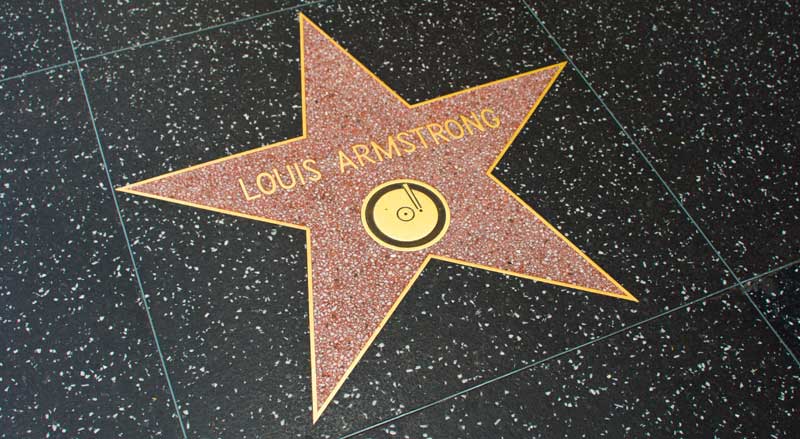
Today, Louis Armstrong is regarded as one of the most influential artists in jazz and popular music in both the US and internationally.
Armstrong popularized an alternative approach to singing. He was the first to record “scat singing” and used unique phrasing and improvisation. His voice had a gravelly quality, and his pitch and rhythm were perfect.
People also loved Armstrong for his charisma and amiable stage presence.
In 1964, Armstrong made a bit of pop music history when he topped the charts with his song, “Hello, Dolly.” This wasn’t an easy feat given the #1 spot had been long held by the new and amazingly popular British group, The Beatles.
Some of Armstrong’s best known and enduring vocal musical works include:
Louis Armstrong recorded “What a Wonderful World” in 1967, a few years before his death. However, the song didn’t reach its peak in popularity until it was included in the 1987 soundtrack of “Good Morning, Vietnam”. Today, many people regard “What a Wonderful World”—a beautiful song of hope and faith in the world—as Armstrong’s signature song.
Unfortunately, starting in the late 50s, heart and kidney problems began to take their toll. Doctors recommended that Armstrong stop playing, but this didn’t deter him from his daily trumpet practice.
According to Armstrong, “Musicians don’t retire; they stop when there’s no more music in them.”
In 1970, Louis Armstrong returned to performing, but he soon died in his sleep at home on July 6, 1971. His home in Queens, New York City—which he shared with his wife Lucille since 1943—is now known as The Louis Armstrong House — an historic house museum.
For more information about additional artists, including Beethoven and Mozart, visit our blogs. For more information about music or vocal lessons, contact us at B Natural Pianos.


